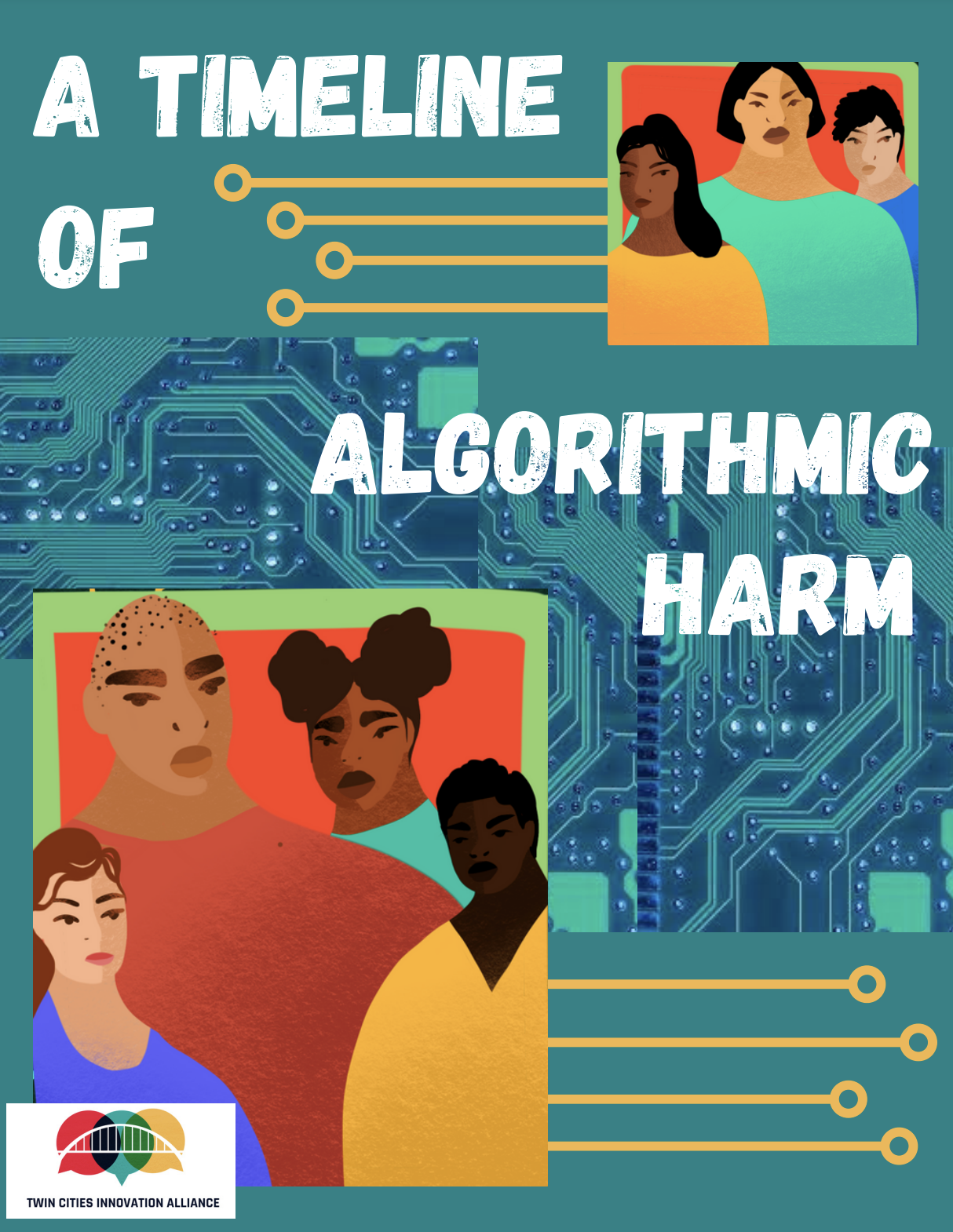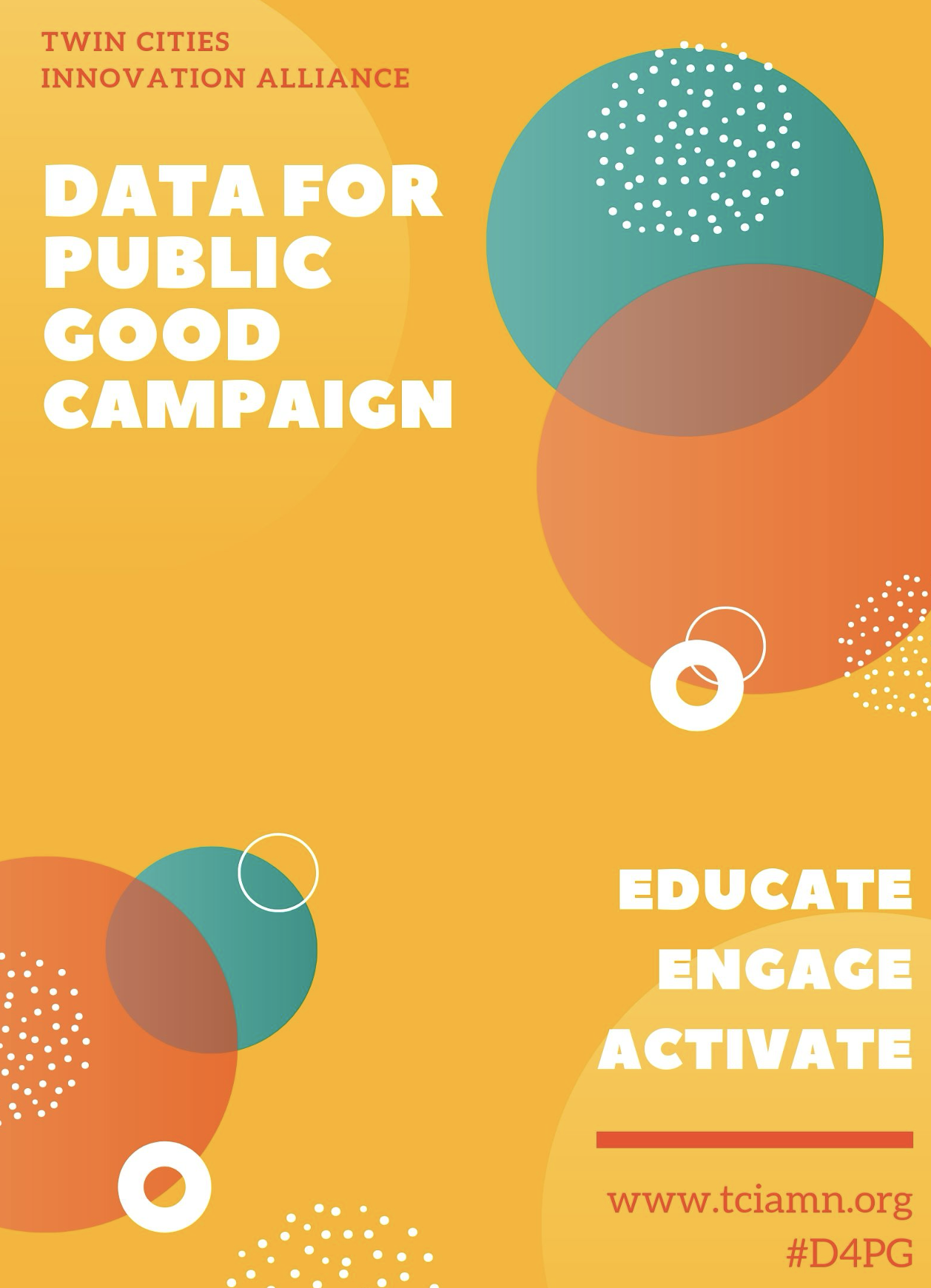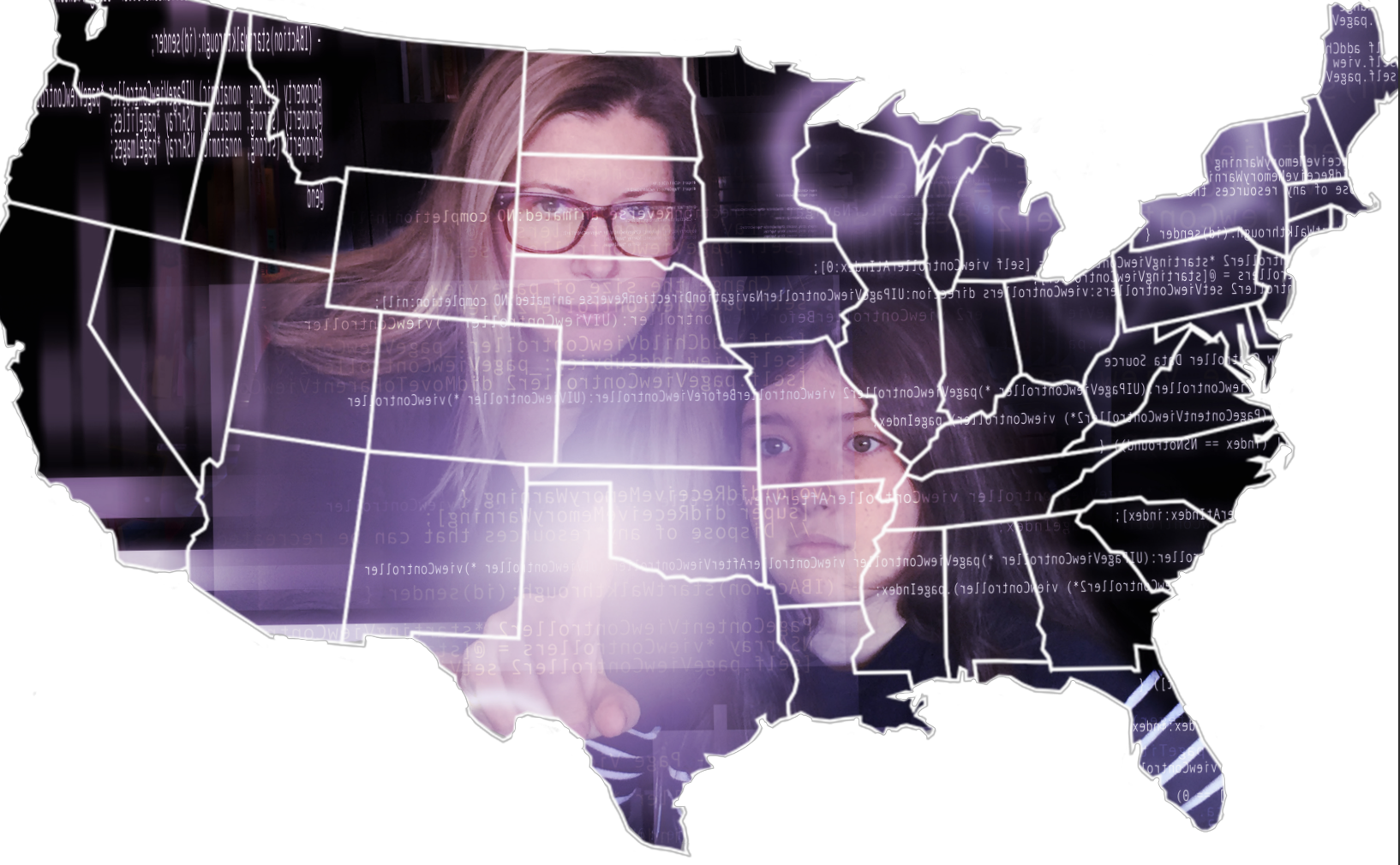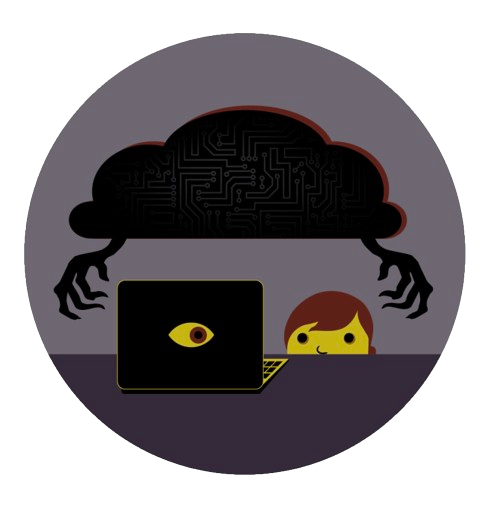Resource Library
AI
AI In Education
Data For Public Good
All Resources

Our community has been familiarizing ourselves with the in's and out's of Big Data, Predictive Analytics, Algorithms, and Joint Powers Agreements (JPA) and we want to invite you into this important conversation. This data primer is an attempt to engage everyone in fundamentally understanding the definitions and the role of Big Data, Predictive Analytics and Algorithms in education and everywhere.
Read The Report
Researchers have identified three types of bias in AI: algorithmic prejudice, negative legacy, and underestimation.
Read the report to find more real-world examples of algorithmic bias and harm.
Read The Report View Interactive Timeline
The infographic highlights the key milestones in AI, from the conceptual beginnings in the 1950s to the advancements in machine learning and deep learning technologies today. It traces the evolution of AI, showcasing pivotal moments such as the development of neural networks, the rise of expert systems, and the recent breakthroughs in AI applications.
View The Infographic
The document explains Large Language Models (LLMs), detailing their ability to understand and generate human-like text through advanced algorithms and vast datasets. It includes examples of LLMs such as GPT-4, and products like OpenAI's ChatGPT, showcasing their applications in various industries like education, healthcare and more.
Read The Document
We live in an information age where data is currency and the driver of our digital economy, where individuals, communities, government systems are both the purveyors and end users of big data, whether we are aware of it or not, whether we agree to it or not. This trend is expanding across sectors and is surfacing in school districts across the country, presenting ethical dilemmas for education and educational ecosystems.
Read The Document
The report highlights the evolving landscape of student data privacy since the enactment of FERPA in 1974, focusing on the impact of digital record-keeping and technology use in schools. It underscores the need for comprehensive analysis and strengthened legislation, given the increasing collection and sharing of sensitive student data by schools and private companies, and aims to guide parents and policymakers in improving state-level privacy protections.
Read The Report
NYPD surveillance tools present a danger to all New Yorkers, more specifically Black New Yorkers. The NYPD's arsenal of spy tools, at its core, is a flawed form of surveillance that comes at the expense of basic human rights, security, and privacy.
Read The Report
In February 2015, Council requested the police department to explore a body-worn camera program. Since that time the police department has examined law enforcement best practices, model policies, state statutes, the technology advancements of the hardware and software systems and received community input. In November 2017, staff recommended to Council that our police department implement a body-worn camera program to assist in collecting evidence, writing accurate reports and providing greater transparency and accountability. At the council's direction, policy development, evaluation and testing of body-worn camera hardware and software equipment began in January 2018.
Read The Report
Students and their families are backed into a corner. As students across the United States are handed school-issued laptops and signed up for educational cloud services, the way the educational system treats the privacy of students is undergoing profound changes—often without their parents' notice or consent, and usually without a real choice to optout of privacy-invading technology.
Read The Report| Title | Source |
|---|